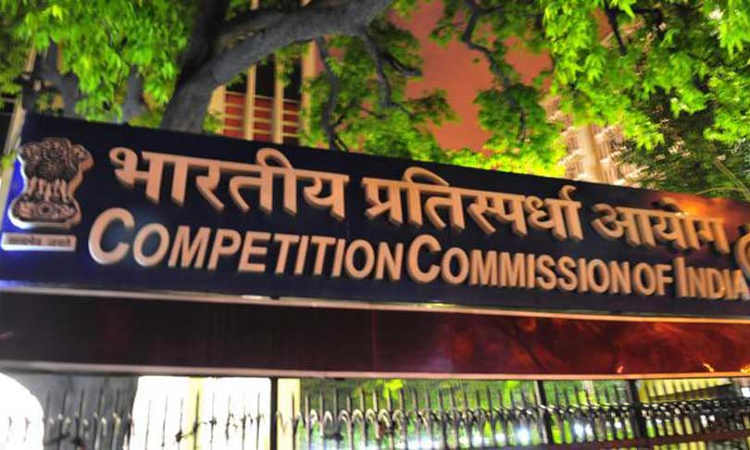India's Merger And Acquisition Regime: The Journey So Far
Arpit Gupta and Sanyam Juneja
28 July 2021 5:55 PM IST

The merger control regime in India has completed 10 years of its enforcement. While in comparison to the decades of enforcement by Anti-Trust Agencies in some other jurisdictions this may appear nascent, for the Competition Commission of India (CCI) and its stakeholders this is a milestone to commemorate in large part due to all that has been accomplished. While the antitrust provisions were enacted in 2009, the regulation of combinations took effect on 1st June 2011, amidst the concerns of various stakeholders primarily revolving around the time delay for approval of transactions. But a quick and transparent assessment has eliminated the time and cost overruns, thus making India's merger control regime one of the most lauded enforcement regimes in the field of competition law across the globe.
The Competition Act, 2002 prohibits anti-competitive agreements, abuse of dominant position by enterprises and regulates combinations (mergers, acquisitions and amalgamations), which causes or are likely to cause any appreciable adverse effect on competition within India. The preamble of the Act underlines promoting and sustaining competition and protecting the interests of the consumers. Keeping these at the heart of merger enforcement, CCI has decided over 800 combination cases till date. 22 of the combination cases were approved with modifications addressing the likely market distortions or increasing concentration of market power.
During the last decade, Government and CCI have been constantly reviewing its mergers and acquisitions guidelines and procedures taking into account the growth of Indian economy, advancements in the business environment and changing need of the stakeholders. CCI has endeavoured to build a strong jurisprudence by expanding the depth of its merger assessment while keeping an eye on the time taken to decide the cases. It has also been successful in building a robust culture of competition compliance. To achieve this, various amendments to the Act and regulations framed thereunder have been undertaken from time to time. These amendments have been aimed to achieve a simpler, clearer and business-friendly environment.
Back in 2011, the government introduced a small-target / de minimus exemption under which transactions involving smaller companies below a certain asset or turnover threshold were discharged from the obligation to notify the transaction to CCI for prior approval. This exemption presumes that these smaller target companies being acquired will not have a significant impact on market concentration. It strikes a balance between the regulation of mergers and compliance burden on enterprises. The threshold was further revised in 2016 to include more companies under its ambit.
While the CCI's Combination Regulations had a built-in system to exempt certain notifiable transactions mentioned in Schedule I, a further explanation was added in 2016 to Item I of Schedule to resolve the cloud of ambiguity in case of minority acquisitions not leading to control. This benefited a host of investors who, solely for the purpose of investment, acquire less than 10 percent shares accompanied with rights that are exercisable by ordinary shareholders only.
In the initial period of enforcement, parties to the combination were required to file the notice within 30 days from the date of execution of a binding document resulting in violations in various instances. This requirement was subsequently removed in 2017 giving parties the flexibility in determining their compliance schedule while bearing in mind the standstill obligations.
The merger regime in India, being a non-adversarial one, introduced in 2018 the allowing of parties to a combination to offer voluntary remedies to address the prima facie concerns arising from a proposed transaction. This was a welcome change that has facilitated timely resolution and early approval of an otherwise anti-competitive merger.
Also in 2018, an amendment was made to facilitate the parties to withdraw their notice in case of significant information gaps and refile it later with a provision of adjusting the filing fees. While this amendment does not impose any financial liability on the parties, it eliminates the risk of invalidation of a filing, thus making the process less onerous.
In 2019, CCI introduced the green channel route, exemplifying a new approach in filing cases in a mandatory and suspensory regime. Building further on the trust-based filing approach, CCI introduced an automatic route for approval of combinations in case of no overlaps, be it horizontal, vertical or complementary, between the businesses of the parties. Such transactions can now be consummated immediately upon filing thereby greatly enhancing the ease of doing business. The filing is supplemented by a non-binding pre-filing consultation meeting and revised guidance notes. The success of green channel filing can be gauged by the fact that since its introduction over 30 filings are made under this route.
To give parties a free hand while executing transactions, in 2020 CCI dispensed with the requirement to provide details of non-compete clauses in contracts. While reducing the information burden on the parties, it also makes them responsible for self-assessing and ensuring that the agreements are competition compliant.
CCI has demonstrated strong competition assessment capabilities in cases of global consolidations, corporate insolvency and domestic combinations. As India continues to be a preferred nation for strategic investments and M&A, CCI will continue to aim to strike the right balance when dealing with issues such as strategic investments by a different genre of international funds, increasing presence of common ownership in competing firms and dynamism exhibited by the new age market/ digital markets.
CCI has not only been extremely effective in its merger control regime over the last decade, but it has also been a constantly evolving tool that balances the interests of the shareholders with the ease of doing business for companies. It is this flexibility, agility and foresightedness that will enable CCI to remain as effective and impactful in the decades ahead.
Arpit Gupta is a Deputy Director (Economics) at the Competition Commission of India and Sanyam Juneja is a final year law student at GGSIPU. Views are personal.


